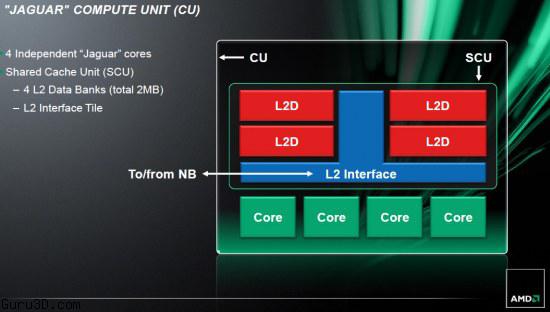AMD revealed it has taped out numerous of its 2013 products and that there are many working chips from the 2013 product lineup at the company's labs. Unfortunately, the chip designer didn't reveal anything about new high-performance processors, but it did announce that the Kabini SoC APU, which will replace the Brazos 2.0 low-power platform, is slated for the first half of 2013.
“We already have working silicon for many of our new 2013 products in house, including our next-generation 28nm Kabini APU, which is the successor to our highly successful Brazos platform and our first true SoC design. We are making good progress with the bring up of Kabini, which remains on track to launch in the first half of next year,” said Rory Read, chief executive officer of AMD, during a conference call with financial analysts.
The Kabini APU is a quad-core chip based on the Jaguar architecture, with a new GPU architecture as well as improvements for heterogeneous processing. The chip will have a new memory controller and will integrate input/output capabilities.
In order to significantly improve performance of Jaguar-based APUs over the Bobcat-powered chips, AMD decided to go into virtually all logical directions: increase the amount of cores, boost clock-speed, add support for modern instructions, increase amount of executed instructions per clock (IPC). AMD also decided to improve power efficiency through clock gating and unit redesign in a bid to ensure lower idle power consumption compared to existing low-power designs. Jaguar features SSE4.1, SSE4.2, AES, PCLMUL, AVX, BMI, F16C as well as MOVBE. Jaguar also introduces 128-bit floating point unit (FPU) with enhancements and double-pumping to support 256-bit AVX instructions as well as an innovative integer unit with new hardware divider, larger schedulers and more out-of-order resources. AMD implemented a new CC6 state with even deeper energy economy, with each core able to go there independently.
It is noteworthy that while AMD specifically stated that it is on track with Kabini, it did not say a word about higher-performance solutions, namely Kaveri, which will utilize Steamroller x86 cores on which the company pins a lot of hopes.
AMD Kabini APU launch in first half of 2013



